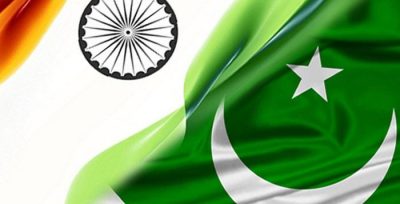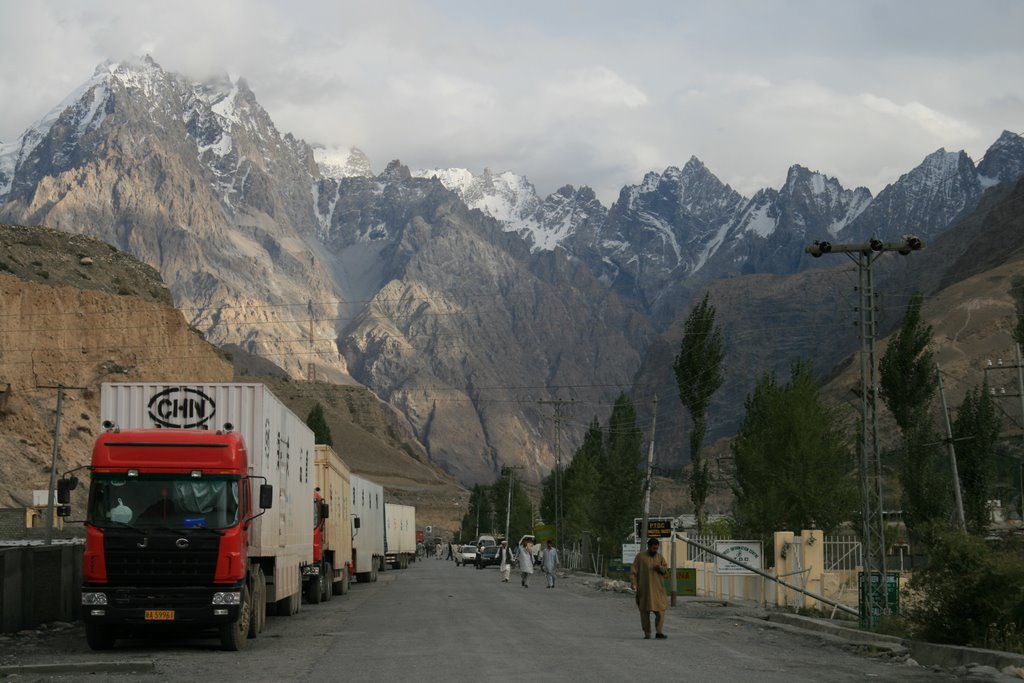
Introduction: Modern Geopolitics and India-Pakistan Tensions
Understanding the persistent tensions between India and Pakistan is no longer limited to a bilateral conflict. There are numerous geopolitical, economic, and military forces at play, where the West — particularly the United States and NATO — has a significant role. This article not only analyzes the India-Pakistan relationship but also attempts to unpack the complex ecosystem of terrorism and the arms trade, in which the West holds a vital stake.
1. Rafale Fighter Jets and India’s Military Strategy
Image is licensed under CC BY-SA 2.0
In recent years, India finalized a $7.4 billion deal with France to acquire 26 Rafale fighter jets, which quickly became a political issue due to allegations of corruption by the opposition. Following the Pahalgam attack, India expedited this deal, prompting some observers to label it a “manufactured crisis.” Was the attack merely an act of terrorism, or was it part of a larger geopolitical strategy aimed at justifying the Rafale deal?
2. The Role of Media: Shaping India’s Strategic Narrative
Indian media has often been seen fueling war hysteria and promoting an aggressive “anti-Pakistan” narrative. This kind of hyper-nationalistic coverage helps create an environment where controlling public sentiment becomes easier. Is this media behavior just about influencing public opinion, or is there a deeper geopolitical agenda behind it — one that legitimizes arms sales and military strategies?
3. The West’s Hidden Agenda: Geopolitical Stability vs Economic Interests
Who has benefited the most from the global “War on Terror”? The answer is: the United States and NATO. Whenever a South Asian country attempts to assert military independence or regional influence, it is either destabilized or sanctioned. The arms trade and surveillance capitalism of the West thrive during internal conflicts and instability.
In Afghanistan, America created a massive market for arms and military equipment.
In India and Pakistan, whenever strategic deals are signed, they are often followed by terrorist attacks or heightened border tensions.
The West and the U.S. frequently construct selective narratives around terrorism. The real question is: how much of this terrorism is “controlled” and is it a part of a strategically created chaos?
4. Iran, the UN, and International Mediation: Just a Show?
Iran and the UN have attempted to mediate between India and Pakistan, but have these efforts ever led to a concrete solution? The UN Security Council has rarely demonstrated practical accountability on this issue. Could it be that the West’s real agenda is to keep India and Pakistan strategically destabilized, ensuring their economies and military dependencies remain under Western influence?
5. Pakistan and the Islamic World: What’s the Global Strategy?
Pakistan’s economic growth and increasing independence — particularly through projects like the China-Pakistan Economic Corridor (CPEC) — could be seen as problematic by several Islamic and Western nations. Powers like Saudi Arabia and other Gulf states are also wary of Pakistan becoming a regional power. Their fear lies in the possibility that a strong Pakistan could challenge their own military and economic interests. This emerging geopolitical imbalance serves as a warning to existing global power blocs.
.

China and Pakistan already conduct trade via the Karakoram Highway. (Licensed under CC BY-SA 3.0)
.
6. Arms Trade and Terrorism: An Unseen Relationship
When discussing terrorism and the arms trade, one reality becomes clear: arms manufacturers and defense contractors profit enormously in the name of terrorism. After every war or phase of instability, there’s a surge in demand for security equipment — bomb detection systems, surveillance technology, and military hardware. This is part of the “fear economy,” where people are kept in a state of fear to sell them security products.
7. The West’s War Economy: Strategic Interests and Military Hardware
The United States and its Western allies have consistently used arms trade and military interventions as tools to further their economic interests. Terrorism, in many ways, has been instrumentalized as a tool to benefit defense contractors. Can we still claim that terrorism is purely the result of fringe elements? Or is it, to some extent, a strategically controlled phenomenon?
Conclusion
This article is an attempt to understand the India-Pakistan conflict in light of broader global influences, particularly the role of the West. By analyzing the interconnected relationships between arms trade, terrorism, and geopolitics, we can move toward more informed solutions. It’s time we begin to understand how nations and global players secure their safety and economic stability through political and military maneuvering.
*
Click the share button below to email/forward this article. Follow us on Instagram and X and subscribe to our Telegram Channel. Feel free to repost Global Research articles with proper attribution.
Mr Quant is an independent analyst.
Global Research is a reader-funded media. We do not accept any funding from corporations or governments. Help us stay afloat. Click the image below to make a one-time or recurring donation.
Counter Information publish all articles following the Creative Commons rule creative commons. If you don't want your article to appear in this blog email me and I will remove it asap.





















No comments:
Post a Comment